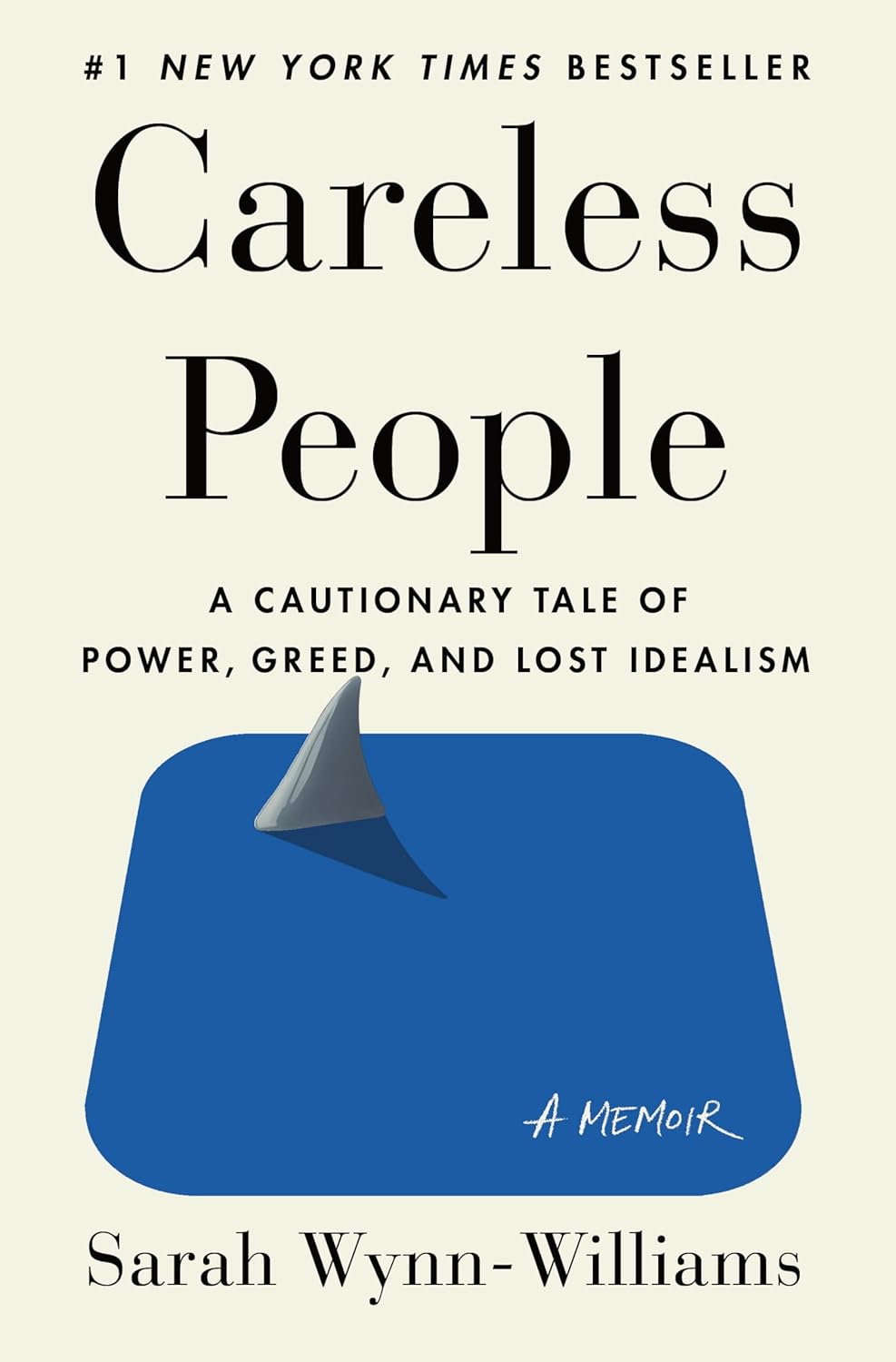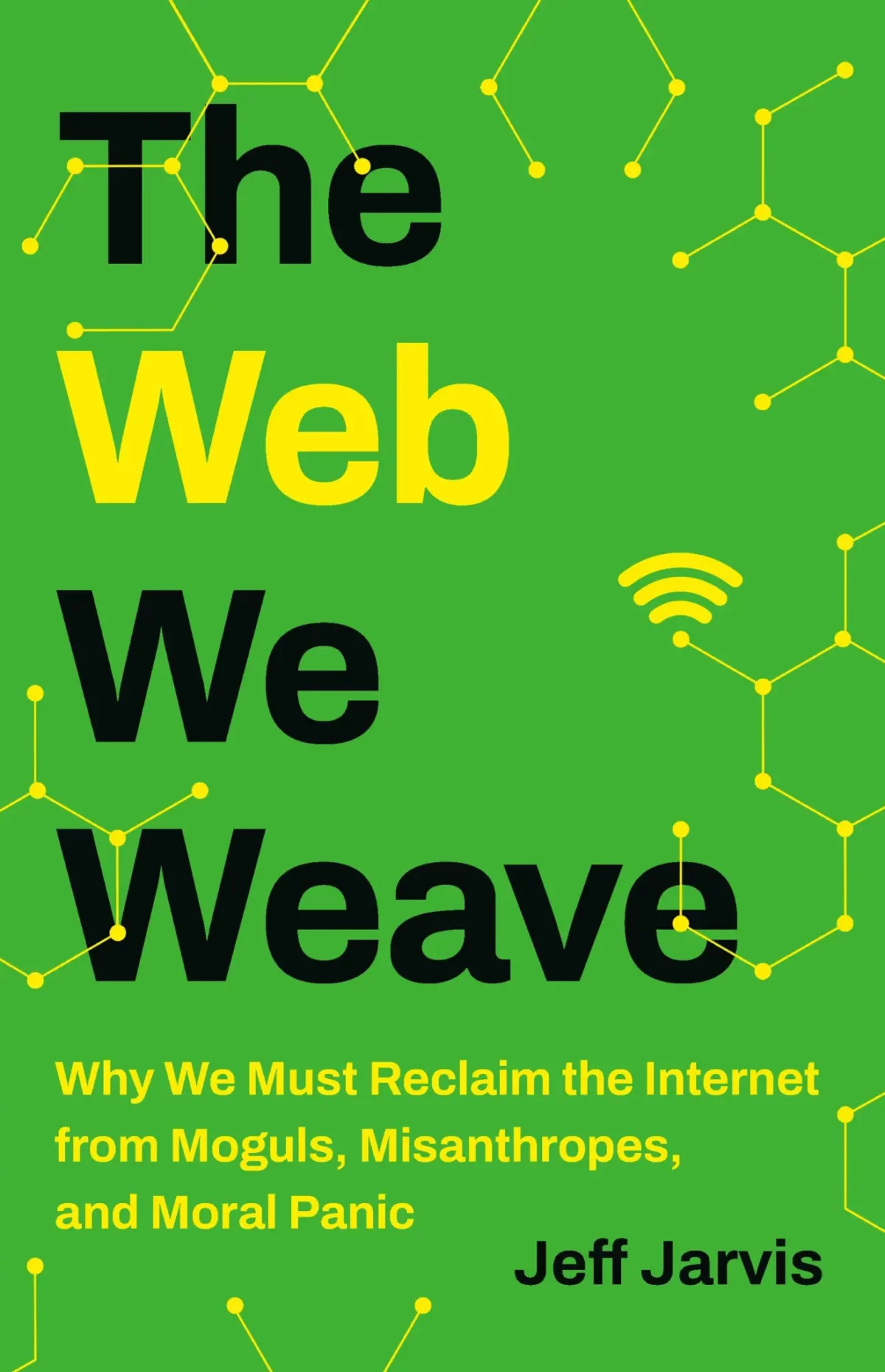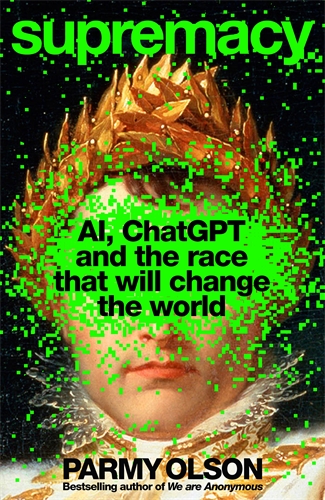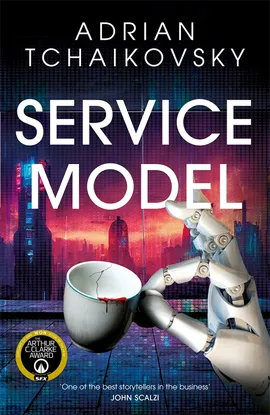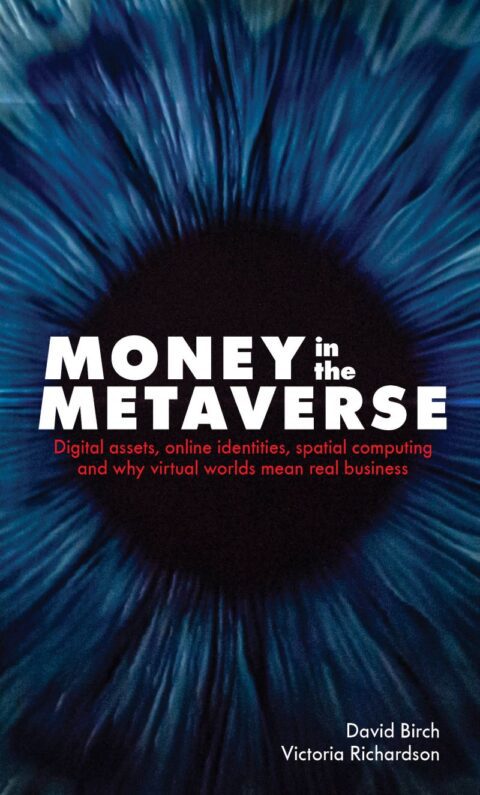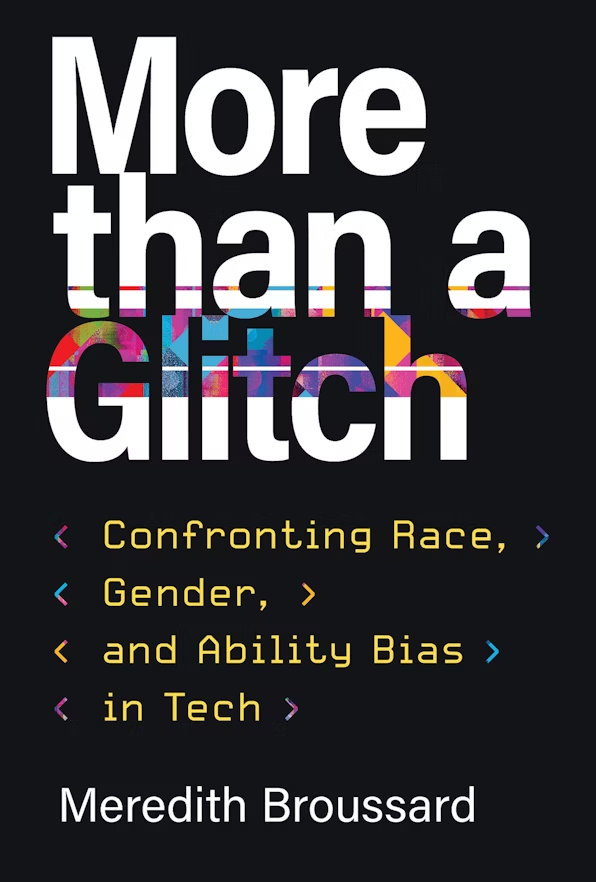Careless People: A Cautionary Tale of Power, Greed, and Lost Idealism
By Sarah-Wynn-Williams
Macmillan
ISBN: 978-1035065929
In his 2021 book Social Warming, Charles Arthur concludes his study of social media with the observation that the many harms he documented happened because no one cared to stop them. “Nobody meant for this to happen,” he writes to open his final chapter.
In her new book, Careless People, about her time at Facebook, former New Zealand diplomat Sarah Wynn-Williams shows the truth of Arthur’s take. A sad tale of girl-meets-company, girl-loses-company, girl-tells-her-story, it starts with Wynn-Williams stalking Facebook to identify the right person to pitch hiring her to build its international diplomatic relationships. I kept hoping increasing dissent and disillusion would lead her to quit. Instead, she stays until she’s fired after HR dismisses her complaint of sexual harassment.
In 2011, when Wynn-Williams landed her dream job, Facebook’s wild expansion was at an early stage. CEO Mark Zuckerberg is awkward, sweaty, and uncomfortable around world leaders, who are dismissive. By her departure in 2017, presidents of major countries want selfies with him and he’s much more comfortable – but no longer cares. Meanwhile, then-Chief Operating Officer Sheryl Sandberg, wealthy from her time at Google, becomes a celebrity via her book, Lean In, written with the former TV comedy writer Nell Scovell. Sandberg’s public feminism clashes with her employee’s experience. When Wynn-Williams’s first child is a year old, a fellow female employee congratulates her on keeping the child so well-hidden she didn’t know it existed.
The book provides hysterically surreal examples of American corporatism. She is in the delivery room, feet in stirrups, ordered to push, when a text arrives: can she draft talking points for Davos? (She tries!) For an Asian trip, Zuckerberg wants her to arrange a riot or peace rally so he can appear to be “gently mobbed”. When the company fears “Mark” or “Sheryl” might be arrested if they travel to Korea, managers try to identify a “body” who can be sent in as a canary. Wynn-Williams’s husband has to stop her from going. Elsewhere, she uses her diplomatic training to land Zuckerberg a “longer-than-normal handshake” with Xi Jinping.
So when you get to her failure to get her bosses to beef up the two-person content moderation team for Myanmar’s 60 million people, rewrite the section so Burmese characters render correctly, and post country-specific policies, it’s obvious what her bosses will decide. The same is true of internal meetings discussing the tools later revealed to let advertisers target depressed teens. Wynn-Williams hopes for a safe way forward, but warns that company executives’ “lethal carelessness” hasn’t changed.
Cultural clash permeates this book. As a New Zealander, she’s acutely conscious of the attitudes she encounters, and especially of the wealth and class disparity that divide the early employees from later hires. As pregnancies bring serious medical problems and a second child, the very American problem of affording health insurance makes offending her bosses ever riskier.
The most important chapters, whose in-the-room tales fill in gaps in books by Frances Haugen, Sheera Frankel and Cecilia Kang, and Steven Levy, are those in which Wynn-Williams recounts the company’s decision to embrace politics and build its business in China. If, her bosses reason, politicians become dependent on Facebook for electoral success, they will balk at regulating it. Donald Trump’s 2016 election, which Zuckerberg initially denied had been significantly aided by Facebook, awakened these political aspirations. Meanwhile, Zuckerberg leads the company to build a censorship machine to please China. Wynn-Williams abhors all this – and refuses to work on China. Nonetheless, she holds onto the hope that she can change the company from inside.
Apparently having learned little from Internet history, Meta has turned this book into a bestseller by trying to suppress it. Wynn-Williams managed one interview, with Business Insider, before an arbitrator’s injunction stopped her from promoting the book or making any “disparaging, critical or otherwise detrimental comments” related to Meta. This fits the man Wynn-Williams depicts who hates to lose so much that his employees let him win at board games.
